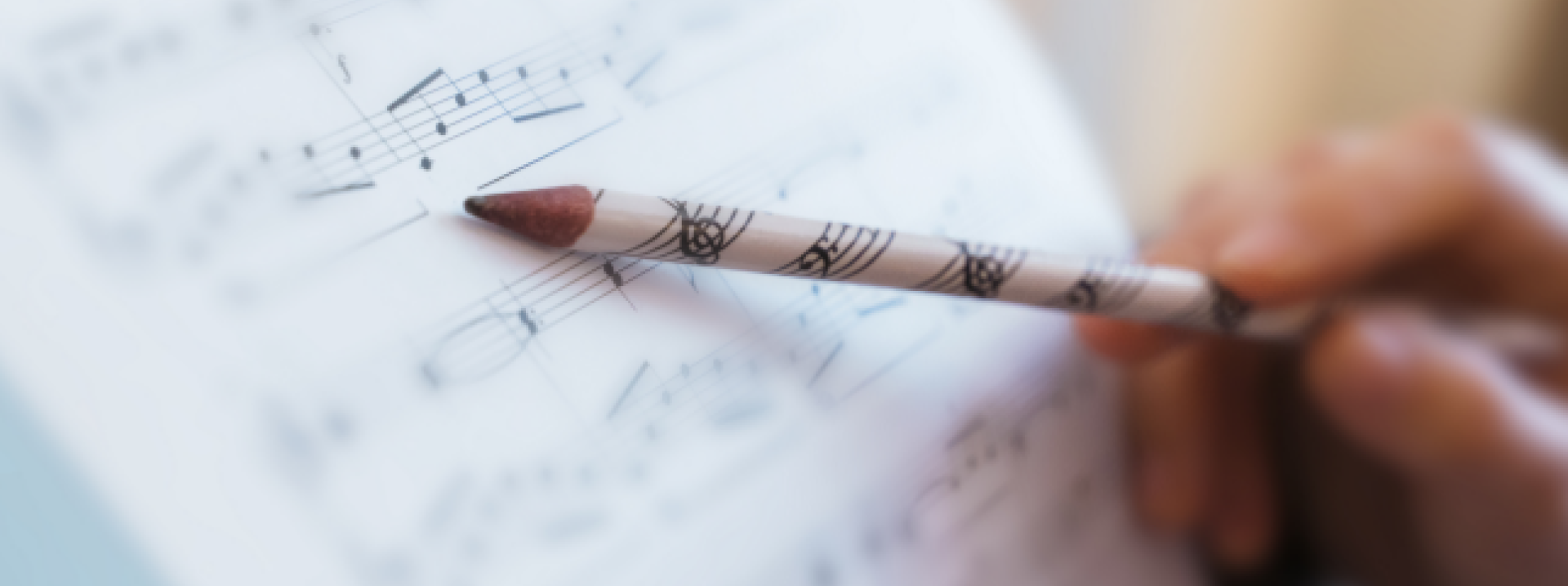Sheet music
Musical Contribution – August 2020

Marche des Marseillois Claude Balbastre (1724-1799)
(LiVE sampleset: Paris, Cavaillé-Coll)
The French national anthem is very well known and is used for many purposes. It was originally written in 1792 by a captain in the French army, Claude Jospeh Rouget de Lisle. The name “Marseillaise” comes from the fact that the French troops from Marseille sang it when entering Paris.
At the time, Claude Balbastre was an organist in Paris, first at the Église Saint Roch. His improvisations were so popular that there were frequently traffic problems outside the church during his organ performances. This became so bad that he was forbidden to perform; people were no longer coming to church for mass, but only to hear him play. Balbastre later became the organist of Notre Dame.
It is said that during the French Revolution he played patriotic music on his organ so that he would be allowed to keep it. For that reason he composed these variations, dedicated to the defenders of the new republic. The rapid notes are intended to represent the flight of the enemy, and the large cluster imitates the roar of the cannon.
Balbastre clearly lived during a time of transition; the strict Baroque was of an earlier time, and the symphonic romance was still to come. When it comes to registration, however, we bear the French Baroque organ in mind, so with Grand-jeu, Plein-jeu, etc.
Hopefully this will provide some consolation for having to miss the Tour de France last month.
Warm regards,
André van Vliet